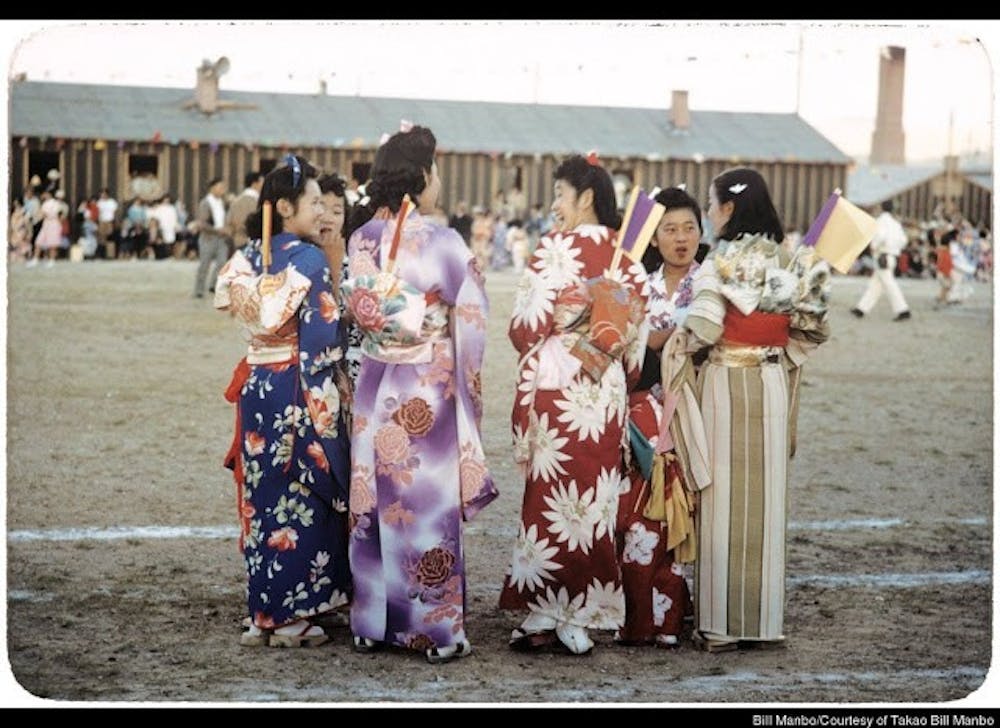Three years ago, a UNC law professor came across something he never knew existed: color photographs of Japanese-American internment camps.
While working at a Wyoming museum start-up, Eric Muller found the photographs, which had been taken by internee Bill Manbo.
Muller edited a book based on the photos — “Colors of Confinement: Rare Kodachrome Photographs of Japanese American Incarceration in World War II” — which was published in August.
He will discuss the book today at the Ackland Art Museum.
Manbo used Kodachrome technology, which had only existed for seven years when he photographed the internment camp.
“I was immediately dumbfounded by the idea that I was looking at color photographs shot by an internee in 1943,” Muller said.
“I was used to seeing that era depicted in black and white. It was just kind of stunning.”
After coming across the color photographs, Muller contacted the now 72-year-old son of the photographer, who spent his childhood in the internment camp and can be found in many of the photographs in Muller’s book.
Unlike government-provided photos, which were often used for propaganda, Manbo’s photos show more aspects of everyday life, Muller said.




